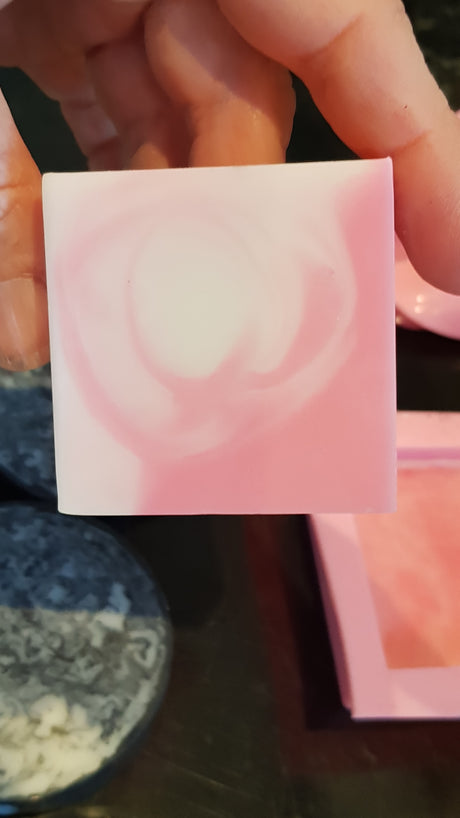
Can we make Swirls in our Melt and Pour Soap Base
Oh goodness, you folks said "Oh don't worry if your filming of a swirl technique is not good enough" You may be sorry - I think I had touched the...
Lesley Mitchell |
USA Cancellations: Due to the USA tariffs being unable to be collected, USA orders cannot be shipped at this point. We hope once the tariffs situation has changed we may be able to supply you again.
XMAS CLOSURE: We are now closed until January 8th - You are welcome to order & Your parcel will be sent after the 8th Jan' 2026 - THANK YOU!

Oh goodness, you folks said "Oh don't worry if your filming of a swirl technique is not good enough" You may be sorry - I think I had touched the...
Lesley Mitchell |
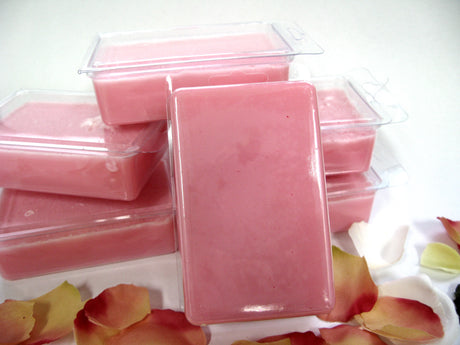
Don't pay $14.95 for shampoo bars - make your own for a fraction of the price, using a Renascent Bath Body high quality melt and pour soap base. Here's a...
Lesley Mitchell |
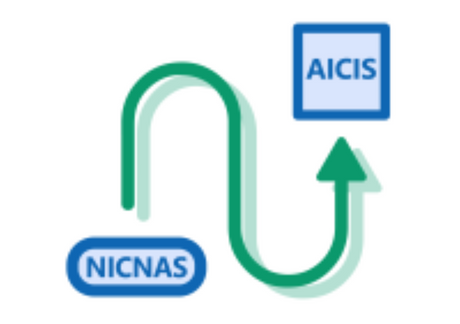
NICNAS UPDATES: For Australians that need to register (if you use bases from a registered Australian company you do not need to, as long as your supplier is registered). For...
Lesley Mitchell |
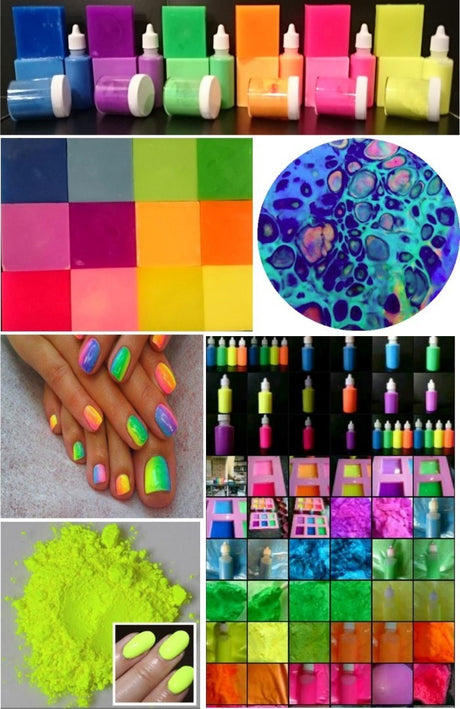
Pigments - Dyes - Neon Pigments A little about each and when to use them.
Lesley Mitchell |
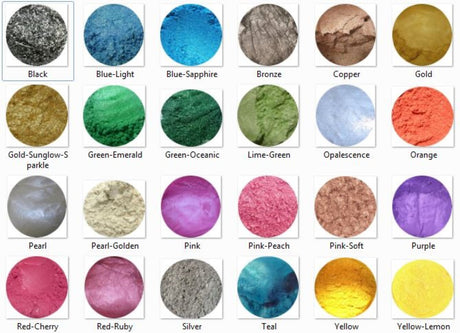
What is Cosmetic Mica? I have heard of child labour being used in mining and negative effects on the skin! NATURAL MICA: The mica group is a group of naturally...
Lesley Mitchell |

We use 4 main types of colourants: Lakes, Dyes, Pigments and Micas - So What's the difference? Lakes and Dyes will both "dye" or colour to term more correctly, however generally...
Lesley Mitchell |

Making MP Melt and pour soaps is so easy and most of all it is great fun: Firstly we will discuss how to make your soap and then some of...
Lesley Mitchell |

Commonly Asked Soap Making Questions FAQ'sQ. My favourite !!! How much soap will 1kg make? A: About a kg of soap!! If your molds take 100gm then around 10 soap...
Lesley Mitchell |

We’ve listed some of the pros and cons of Melt & Pour and Cold Process soap making below: We Love the many CP soaps available and many soapers love...
Lesley Mitchell |

Isopropyl Alcohol is used in soap making to remove bubbles, lower surface tension in finely detailed moulds and allow different layers of soap to stick together. Isopropyl Alcohol is also...
Lesley Mitchell |

We are delighted you have found us and we hope to share great creativity with you. We love to hear from our readers and embrace your thoughts, ideas and projects....
Lesley Mitchell |